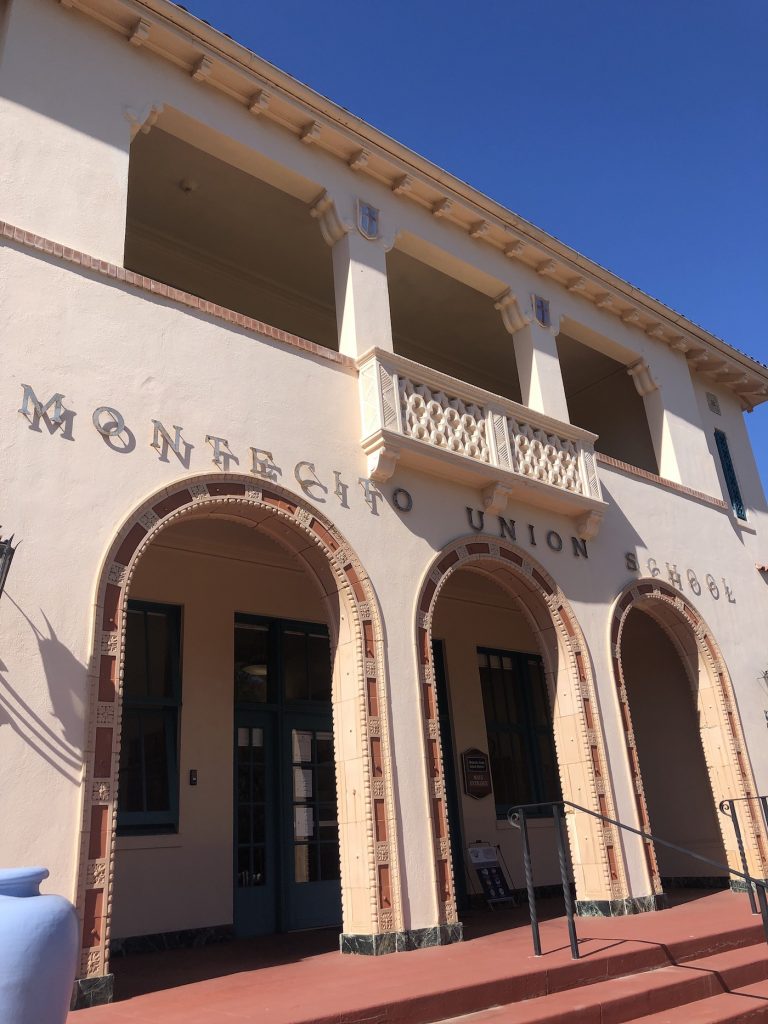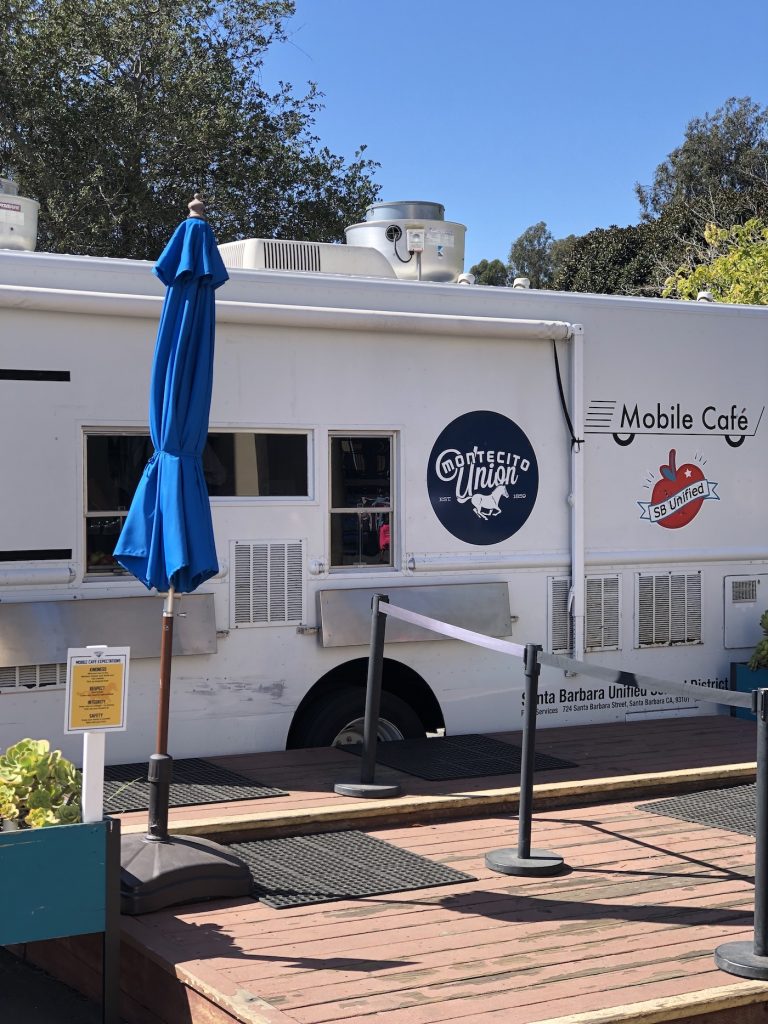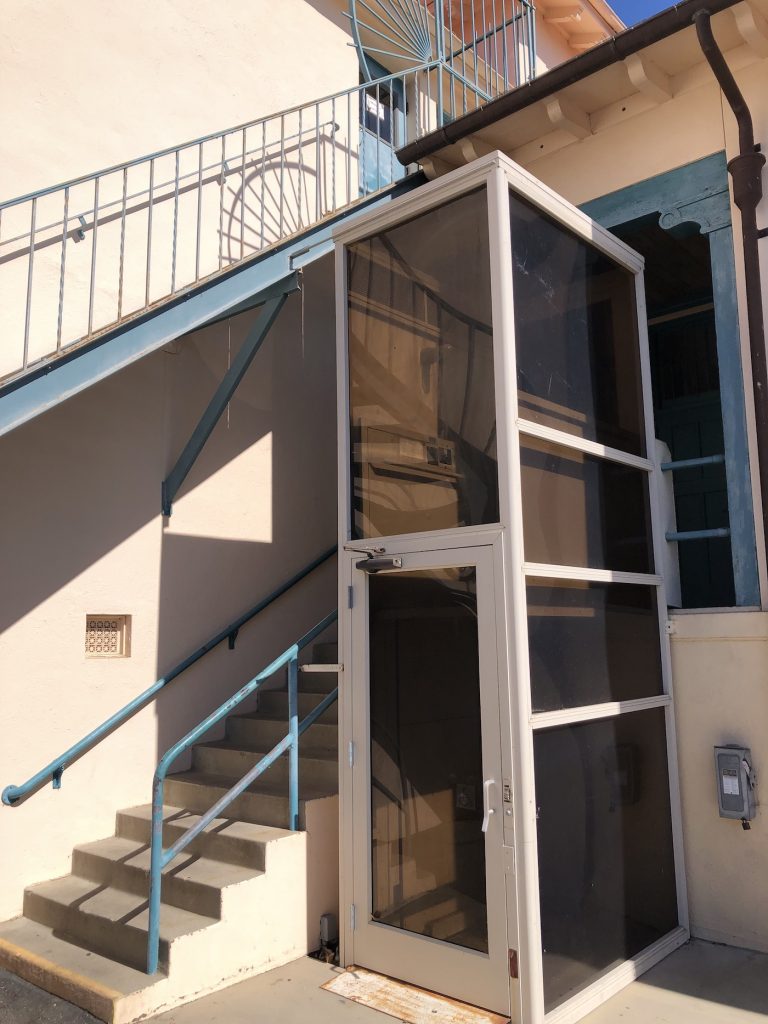MUS Improvements to Start Next Summer

Montecito Union School is moving forward with some much-needed – and long anticipated – improvements to campus next summer, which will take over a year to complete. “This project has been fifteen years in the making, and has gone through a huge number of changes,” said Superintendent Anthony Ranii, who sat down with us earlier this week.
Before Ranii’s tenure, the MUS School Board went out for a bond measure, Measure Q, in November 2014. The $27,150,000 bond was to fund a large scale improvement and expansion project, which was slated to add a large cafeteria/multipurpose building and amphitheater, modernize and update current buildings and classrooms, and address infrastructure and accessibility issues. Once the bond measure failed, the board discussed numerous iterations of a scaled-down version of the project, and even contemplated seeking a $16,100,000 bond in November 2016 for a pared-down project, but ultimately decided against it.
When Ranii took over as superintendent in 2016, he says the board and the administration had countless conversations about how to move forward, as the school’s infrastructure – including electrical, gas, sewer, and water systems – continued to decline. “We realized we needed to account for our needs, rather than the wants, and that we need to live within our means and not ask our voters for more money,” he said. After much collaborative discussion and studies, it was decided that the necessary repairs and updating to the century-old main building (Building D) and the kindergarten and first-grade building (Building E) will cost roughly $13 million and will be funded through a mix of District reserves and grants from the state.

Ranii and Chief Business Official Virginia Alvarez applied for funding from the Office of Public School Construction, and MUS has been promised $3 million for infrastructure and accessibility updates. The State has also helped fund two smaller scale projects that have already been completed, including a new campus-wide fire alarm system and the replacement of several windows on the south side of the main building, which were considered a safety hazard. “We are in the process of getting another approval to access funding for new windows and doors to improve ventilation in the wake of COVID-19,” Ranii said, explaining that the school has benefited from State funds earmarked for small school districts.
In addition to State grants, MUS has been aggressively putting aside money for this project, adding $700,000 to $1.5 million per year to a special fund for the last five years. With about $6 million saved, and $3 million anticipated from the state, the board will likely seek a bridge loan in order to begin construction next summer.
“We’ve already proven for the last five years that we can put aside a good chunk of money for this project. We need to do this project now, rather than wait until we have all the money,” he explained, adding that the cost of inflation on labor and materials is greater than the interest on a bridge loan. “Not to mention that we spend thousands, sometimes tens of thousands, each year to repair the aging infrastructure. We are only going to spend more money if we wait.”
The project includes all infrastructure and accessibility in Buildings D (more than 100 years old) and Building E (more than 70 years old). Because the campus is eclectic, the topography includes multiple levels, which mean multiple sets of stairs and non-compliance with ADA regulations. Two elevators will be added to the main building; new bathrooms will be added and existing ones will be brought up to code; thresholds will be modified to accommodate wheelchairs and walkers; truncated domes will be added where necessary for the visually impaired; ADA signage will be added; new built-ins will be installed where old ones are torn out during construction; and new equipment and some furniture will be purchased. Both buildings will also be outfitted with air conditioning, which the rest of the campus already enjoys. Newly installed solar panels will generate the power necessary for the new HVAC systems.

“We feel that it’s our obligation to pay for this. We are a well-funded school district, and it’s important that we fund it using the money we have without asking for more,” Ranii said, adding that enrollment is currently at 376, which is well below the roughly 500-student historic high about 10 years ago. “We have room to grow if our enrollment surges. If we need more classrooms to accommodate more kids, we have them.”
During construction, kindergarten, first grade, and fourth grade classrooms will be displaced. There will be temporary portable classrooms built on the lower terrace to house kindergarten; the rest of the impacted classes will use other spaces during the 14-to-15-month process.
“We hope to go out to bid for the project in December and January, and then the financing piece will be finalized, so we hope to have the funds by May.” Construction is expected to start the first start of summer vacation in June. It will take all summer, the entire 2022-2023 school year, and through the summer of 2023.
“These buildings are not just historic, they are gorgeous, and we need to make them last for the next generation of students,” Ranii said. “This work is long overdue.”
For more information, visit www.montecitou.org. The campus is located at 385 San Ysidro Road.
(Editor’s Note: Next week we’ll feature the plans that Cold Spring School has to upgrade their campus following a failed bond measure last year.)







You must be logged in to post a comment.